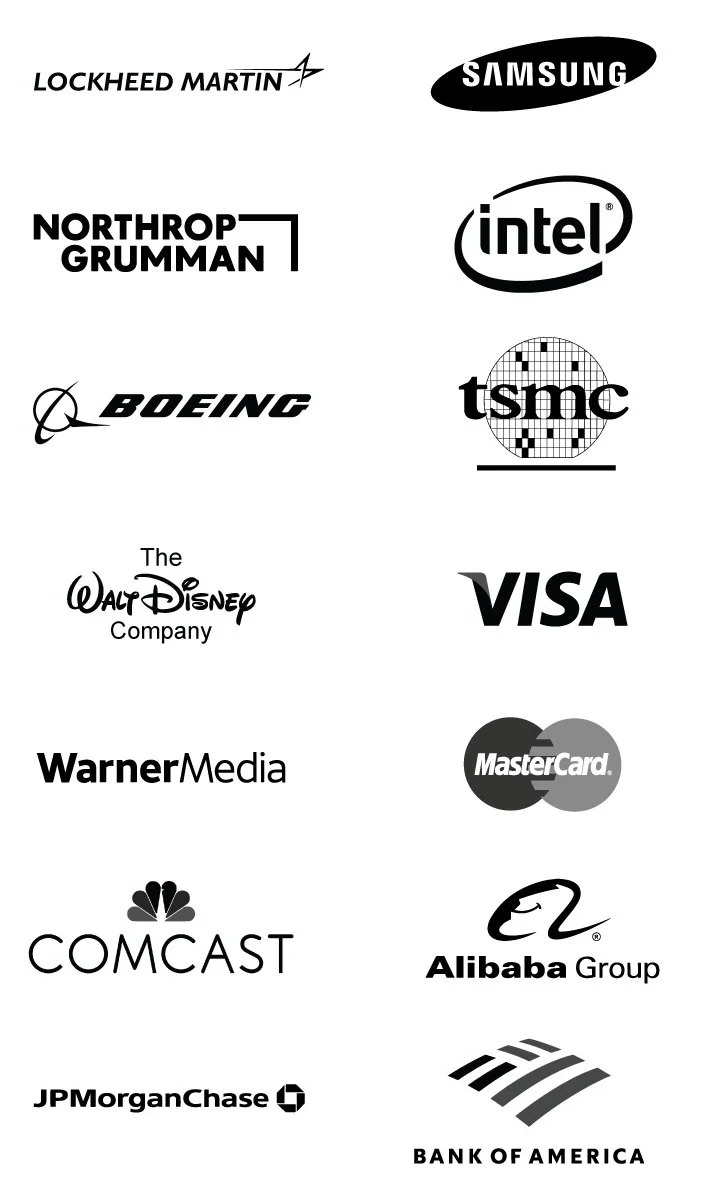
Global Anti-Suicide Drug Market Analysis, Drivers, Restraints, Opportunities, Threats, Trends, Applications, and Growth Forecast to 2029
-
15401
-
May 2023
-
155
-
-
This report was compiled by Correspondence Linkedin | Detailed Market research Methodology Our methodology involves a mix of primary research, including interviews with leading mental health experts, and secondary research from reputable medical journals and databases. View Detailed Methodology Page
-
“Global Anti-Suicide Drug Market” is the title of a research report offering by MarketResearch.biz. Key factors have been analyzed and studied comprehensively, and vital data, information, and statistics are presented in the report. Revenue share of each segment, region, and country are included along with revenue-driving factors, restraints, as well as opportunities of untapped regions. Detailed information about key players is provided in their respective company profiles; recent developments, strategies, and acquisitions & mergers are included as well. The global anti-suicide drug market is segmented by drug class, end-use, region, and countries.
Global Anti-Suicide Drugs Market: Overview
Suicide is the act of intentionally taking one’s own life. Such acts are attributed mainly to mental disorders such as depression, schizophrenia, personality disorders, bipolar disorder, and substance abuse such as alcoholism, etc. Financial issues, stressful socio-economic climate, harassment at the workplace and other institutions are some other leading factors that are pushing individuals to act-out impulsively. Those individuals that have attempted suicide and lived to tell, are more likely to make further attempts on their lives in the future. Due to such factors, anti-suicide drugs have been manufactured to serve as a preventive measure for the ones who have suicidal thoughts or tendencies towards such a decision. However, the administration of the drug must be done under the supervision of a qualified physician to ensure the proper dosage. Otherwise, the likelihood of an overdose or improper dosage is higher and could result in a fatal outcome.
Global Anti-Suicide Drugs Market: Dynamics
Drivers: The increasing death toll due to a surge in suicide rates are among major factors that are expected to drive the global anti-suicide drug market. The demand for clinical help and medication is increasing with a rise in the number of cases related to depression, disorders such as postpartum depression, psychotic depression, clinical depressive syndrome, and seasonal affective disorder. Changing attitudes and growing concerns regarding the issues concerning mental health are contributing as factors to an increased number of psychologists and psychiatrist treatment facilities. This, in turn, is expected to drive the anti-suicide drugs market. Government initiatives and spending on healthcare and awareness programs are among other factors that are leading to the growth of the global anti-suicide drugs market.
Restraints: Lack of proper and effective therapies as well as lack of skilled therapists are some of the major factors restraining market growth. Among other factors, growing drug abuse and delay in the approval of anti-suicide drugs are expected to restrain the growth of the market.
Global Anti-Suicide Drugs Market: Segment Analysis
By Drug Class: Among drug class segments, the anti-depressant & anti-psychotic drug segment is expected to hold the majority of the market’s share. The NMDA antagonist segment is projected to register a high compounded annual growth (CAGR) over the forecast period.
By End User: Among end-user segments, the clinic segment is expected to account for a majority of the global anti-suicide drug market’s revenue share.
Global Anti-Suicide Drugs Market Regional Analysis:
North America is expected to continue its dominance in the market and account for the majority of the revenue share. Key factors leading to the growth of the market in North America can be attributed to the increasing occurrences of suicide cases. As a result of this, the region is more inclined to adopt preventive measures, further leading to the production of anti-suicidal drugs on a large-scale. Many suicide cases have been recorded in North America in recent times, the number of suicide attempts committed reached a figure of 1,400,000 as per surveys made by the American Foundation for Suicide Prevention (AFSP) 2017. In the same year, 47,173 Americans took their lives. Such events have led to the establishment of healthcare infrastructure and major spending on research and development activities by the government.
The Asia-Pacific region is expected to be the fastest-growing market during the forecast period, due to the region’s high suicide rates, increased mental health awareness, and rapid improvement of the healthcare infrastructure.
Global Anti-Suicide Drug Market Segmentation:
By Drug Class
- Anti-anxiety drugs
- NMDA Antagonists
- Anti-depressants
- Anti-psychotic drugs
- Antibiotic Analogues
By End-User
- Clinics
- Retail pharmacies
- Hospitals
- Online pharmacies
By region:
- North America
- Europe
- Asia Pacific
- Latin America
- Middle East & Africa
Attribute Report Details Market Size Ask For Market Size Growth Rate Ask For Growth Rate Key Companies Ask For Companies Report Coverage Revenue analysis, Competitive landscape, Key company analysis, Market Trends, Key segments, Distribution Channel, Market Dynamics, COVID-19 Impact Analysis and more… Historical Data Period 2015-2020 Base Year 2022 Forecast Period 2022-2031 Region Scope North America, Europe, Asia-Pacific, South America, Middle East & Africa Country Scope United States, Canada and Mexico, Germany, France, UK, Russia and Italy, China, Japan, Korea, India and Southeast Asia, Brazil, Argentina, Colombia etc.Saudi Arabia, UAE, Egypt, Nigeria and South Africa Revenue in US$ Mn -
-
- Pfizer Inc.
- AstraZeneca plc
- Eli Lilly and Company
- Allergan plc
- GlaxoSmithKline plc
- Merck & Co. Inc.
- Lundbeck A/S
- NeuroRx, Inc.
- Johnson & Johnson




